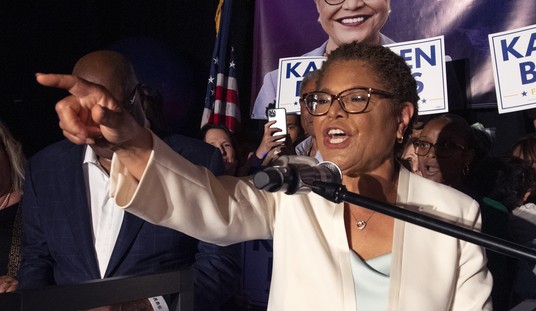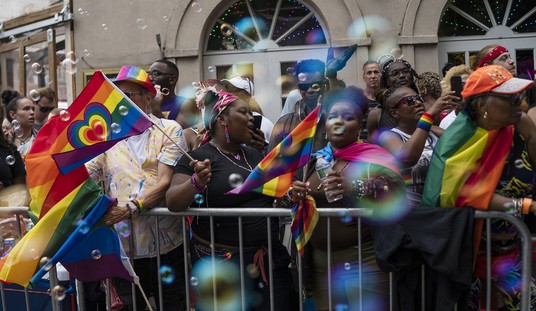The first “American” cookbook was published in 1796.
This book, American Cookery, contained a trove of recipes that were largely of European origin but included variations using ingredients found in North America. There were also recipes that were distinctly North American (Indian slapjacks, a federal pan cake, and others) in origin.
You can get a digital copy free from Amazon on the Kindle (or the Kindle app). It’s not a long cookbook, 54 pages in the Kindle app (the original book was 47 pages but expanded a bit in later printings). It’s a fascinating read if you’re into history or cooking.
Smithsonian Magazine has a solid write-up on the cookbook, and one of the key points they make is how pivotal this book was in helping to establish an American identity.
It was a place that acknowledged its British heritage, to be sure—but was ultimately a new kind of place, with a new kind of cuisine, and a new kind of citizen cook.
The recipe for “Queen’s Cake” was pure social aspiration, in the British mode, with its butter whipped to a cream, pound of sugar, pound and a quarter of flour, 10 eggs, glass of wine, half-teacup of delicate-flavored rosewater, and spices. And “Plumb Cake” offered the striving housewife a huge 21-egg showstopper, full of expensive dried and candied fruit, nuts, spices, wine, and cream.
Then—mere pages away—sat johnnycake, federal pan cake, buckwheat cake, and Indian slapjack, made of familiar ingredients like cornmeal, flour, milk, water, and a bit of fat, and prepared “before the fire” or on a hot griddle. They symbolized the plain, but well-run and bountiful, American home. A dialogue on how to balance the sumptuous with the simple in American life had begun.
Congress would end up naming American Cookery one of the “88 books that shaped America” and the book would find new popularity in the mid-20th century after having disappeared for more than a hundred, faded into obscurity.
In truth, while we had ideology early on, an actual American identity took a while to form. Sometime in the early-to-mid 1800s, it began forming as European influences waned and more localized cultural influence began to grow. This, coupled with a growing regionalism, led to some pretty different but distinctly American identities. The “north” was more urban, industrializing, and focused more on the commerce of the marketplace and trade work while the “south” was rural, agrarian, and life centered around the farms and plantations (and slavery).
You also had the growing western frontier, which presented its own challenges and led to a totally different cultural perspective.
It wasn’t until after the Civil War that the American identity truly began to kick into overdrive, with Reconstruction really being the first American attempt at nation-building (though it was an absolute trainwreck, mishandled by all sides). But one of the things that remained constant throughout all this was American cooking, which was slowly shedding a lot of those European influences and developing its own unique styles. That regionalism that separated the nation in the mid-1800s is the same regionalism that gave us wild varieties of American cooking.
American Cookery was a great first look at this. The book is believed to be the first to feature recipes that use cornmeal, and it was the first to call for an early leavening agent, pearlash, which was a precursor to baking soda. It took a lot of the opulence of European cooking and made it something more accessible to American homes.
It also contains one of the first printed recipes for pound cake, which has since become a staple in many American homes. You can clearly see the origin of the cake’s name in its ingredient list.
- 1 lb. sugar
- 1 lb. butter
- 1 lb. flour
- 1 lb. eggs (roughly 10 eggs)
- 1 gill (about half a cup) rose water
- Spices to taste
Again, a food that originates in northern Europe (sometimes in the early 1700s), but becomes an American staple and is codified in its earliest cookbook.
In the centuries since, American food has become a global phenomenon. Ketchup, as we know it now and definitely not the European original, was invented in America and made into a worldwide sensation thanks in large part to the innovations of Henry J. Heinz. Breakfast cereal is a uniquely American creation. Coca-Cola and so many other worldwide brands began here.
It is all a part of American identity, and that identity can be traced back to American Cookery.













Join the conversation as a VIP Member